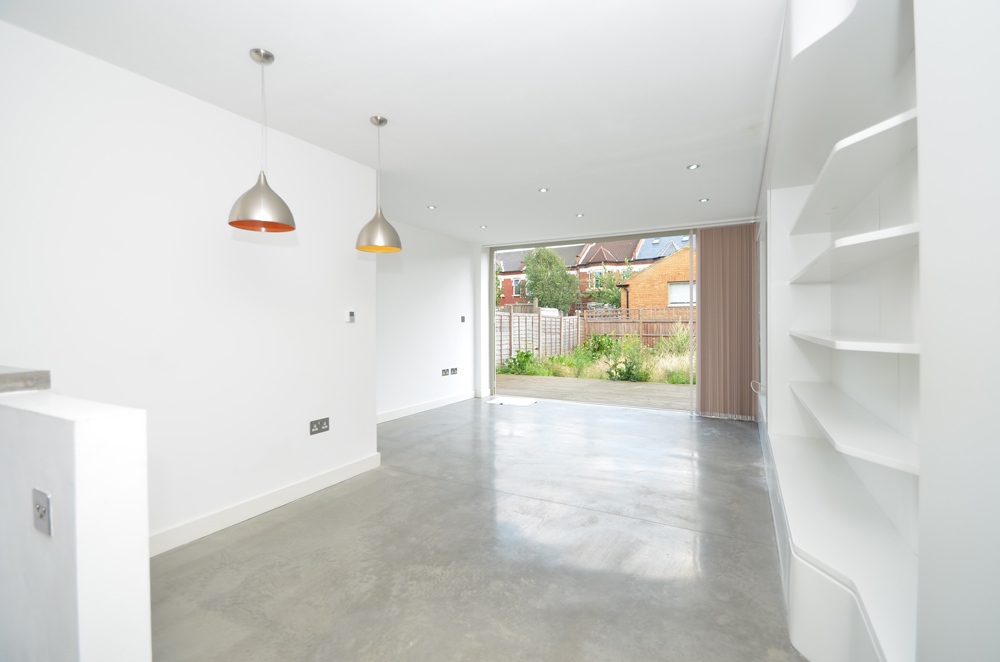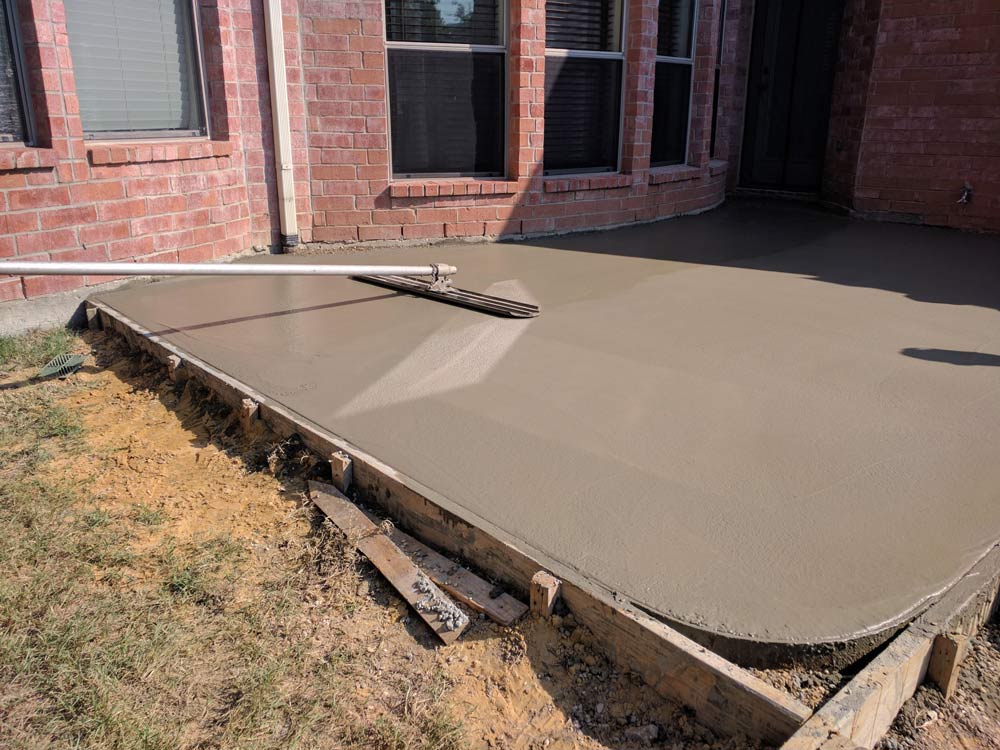We offer many types of screed depending on your requirements. We can cover the whole flooring package from the floor preparation, then the underfloor heating through to the screed and we now offer a floor finish service for polished concrete and resin floors.
In certain situations you may need a fast drying screed. We offer a variety of drying times ranging from 2 days to 14 days depending on your programme/deadline. We offer High Density screeds which are perfect for hard wearing floors such as garages and factories.
If you require a thin screed we can also offer a Polymer screed which allows the screed thickness to be reduced down to 30mm. If your specification is for Anhydrite screed we can also provide this along with micro screeds and latex screeds.
We work for major house builders as well as local/ general builders and individual clients so no job is too big or too small. Our team provides high quality screeds on any scale from a small extension through to a hotel.
Underfloor heating
Modern underfloor heating systems use either electrical resistance elements (“electric systems”) or fluid flowing in pipes (“hydronic systems”) to heat the floor. Either type can be installed as the primary, whole-building heating system or as localized floor heating for thermal comfort. Some systems allow for single rooms to be heated when they are a part of a larger multi-room system, avoiding any wasted heat. Electrical resistance can only be used for heating; when space cooling is also required, hydronic systems must be used. Other applications for which either electric or hydronic systems are suited include snow/ice melting for walks, driveways and landing pads, turf conditioning of football and soccer fields and frost prevention in freezers and skating rinks. A range of underfloor heating systems and designs are available to suit different types of flooring.
Electric heating elements or hydronic piping can be cast in a concrete floor slab (“poured floor system” or “wet system”). They can also be placed under the floor covering (“dry system”) or attached directly to a wood sub floor (“sub floor system” or “dry system”).
Some commercial buildings are designed to take advantage of thermal mass which is heated or cooled during off-peak hours when utility rates are lower. With the heating/cooling system turned off during the day, the concrete mass and room temperature drift up or down within the desired comfort range. Such systems are known as thermally activated building systems or TABS.


Polished concrete
Polished concrete is a multi-step process where a concrete floor is mechanically ground, honed and polished with bonded abrasives in order to cut a concrete floor’s surface. It is then refined with each cut in order to achieve a specified level of appearance.
This process also includes the use of a penetrant chemical known as a hardener. The concrete densifier/hardener penetrates into the concrete and creates a chemical reaction to help harden and dust-proof the surface. During concrete polishing, the surface is processed through a series of steps (in general a minimum of 4 grinding steps of processing is considered polished concrete) utilizing progressively finer grinding tools. The grinding tools are progressive grits of industrial diamonds in a bonded material such as metal/hybrid/resin often referred to as diamond polishing pads. Polished concrete is a “green” flooring system and LEED approved. Concrete is not considered polished before 1600 grit, and it is normally finished to either the 1600, or 3000+ grit level. Dyes designed for concrete polishing are often applied to add colour to polished concrete as well as other options such as scoring, creating radial lines, grids, bands, borders, and other designs. Any grinding under 1600 grit is considered a honed floor.
Call Us Today!

Traditional screeds
Traditional floor screed basically consists of sand & cement mixed at a ratio of between 3 to 5 parts sand & 1 part cement. In the majority of cases 4 to 1 is quite sufficient.
In the past reinforcement was achieved by using Hex wire (chicken wire) or D49 mesh. In the early 90’s Polypropylene Fibres (PPF) started to become very popular, and today PPF is the most commonly used reinforcement for traditional floor screed.
Traditional screed drying times vary according to the weather conditions, depth and manufacturers admixtures used.
Liquid screed
Calcium Sulphate or anhydrite screeds have grown in popularity over the last decade. This is due to the fact that they can offer substantial benefits when compared with traditional sand, cement screeds. Easy to lay, low cost, fast-drying, pump-able, self-levelling and offering minimal shrinkage, anhydrite screeds are perfect for domestic or commercial projects. They are also compatible with underfloor heating once the pipes and associated heating elements are covered with at least 25mm of screed.
Despite the benefits associated with anhydrite screeds, fixers and installers need to be conscious of potential difficulties that can arise with this method.
These types of screeds contain anhydrous (dry) Calcium Sulphate and aggregates instead of a cement-based binder. The binder comes as either an alpha hemi-hydrate (a stronger and harder crystalline form) or anhydrous Calcium Sulphate. When mixed with water, the binders will form calcium Sulphate dehydrate, also known as Gypsum. This reaction will halt when the vast majority of the Calcium Sulphate binder is used up and is generally complete after a period of 3-7 days. This means that the remaining water is left behind to evaporate through the surface of the screed.
